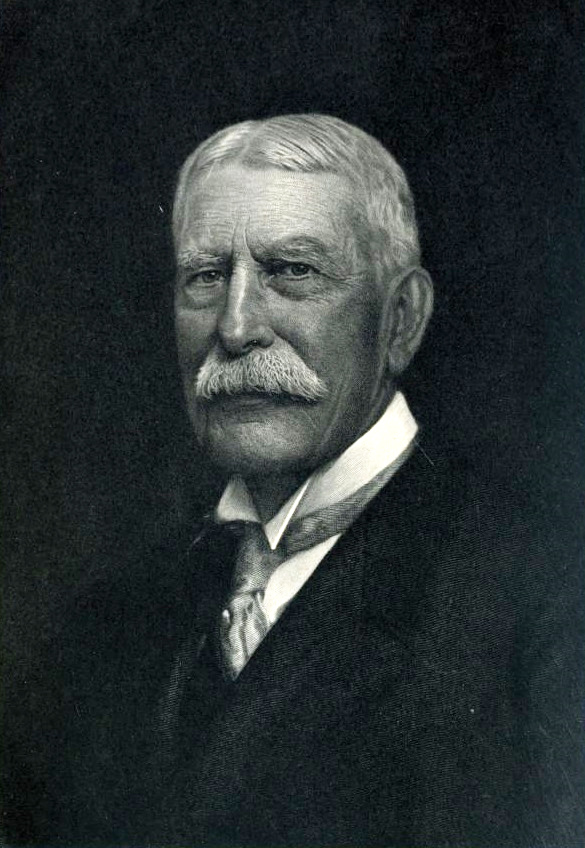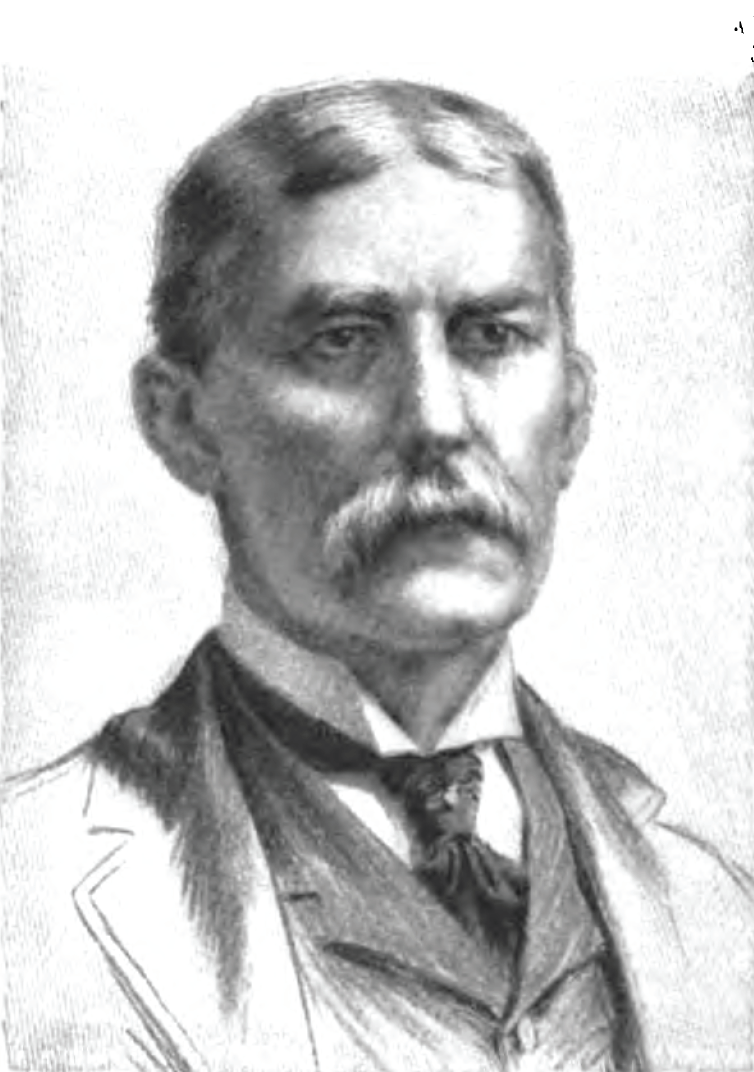|
Jupiter And Lake Worth Railway
The Jupiter and Lake Worth Railway was a narrow gauge railway with a connection between the Jacksonville, Tampa and Key West Railway system in Florida. It connected the Lake Worth Lagoon at Juno to the Jupiter Inlet at Jupiter. With intermediate stops at Venus and Mars, the railroad was often called the Celestial Railroad, with the first use of that name appearing in the March 1893 issue of Harper's New Monthly Magazine in an article written by Julian Ralph. A report published by the town of Jupiter in 2012 noted that Mars and Venus "were not much more than loading platforms." The purpose of the railroad was to link the Lake Worth and Jupiter inlets, both of which had Plant System steamboat lines. The Indian River Steamboat Company went north through the Jupiter Inlet and connected waterways (now part of the Intracoastal Waterway) to Titusville. There were no turning tracks, so the locomotives always pointed towards Juno, forcing trains making the return trip to go in ... [...More Info...] [...Related Items...] OR: [Wikipedia] [Google] [Baidu] |
Juno Beach, Florida
Juno Beach is a town in Palm Beach County, Florida, United States. Its population was 3,176 at the 2010 census. As of 2018, the population recorded by the U.S. Census Bureau was estimated at 3,648. Juno Beach is home to the headquarters of Florida Power & Light. It was also the original county seat for the area that was then known as Dade County. Juno Beach is in the Miami metropolitan area. History As a sister settlement to the town of Jupiter to the north, the development was named, at some point in the 19th century, after Jupiter's wife, the ancient Roman goddess Juno. The designation in 1944 of a namesake D-Day landing beach in Normandy, named for Juno Dawnay, a Canadian officer's wife, was purely coincidental. A pier was built in 1946 and the town was platted in 1948. The original pier was destroyed during a November storm in 1984 and a new 993-foot Juno Beach Pier built in 1999. Geography Juno Beach is located at (26.873404, –80.054063). According to the United Sta ... [...More Info...] [...Related Items...] OR: [Wikipedia] [Google] [Baidu] |
Intracoastal Waterway
The Intracoastal Waterway (ICW) is a inland waterway along the Atlantic and Gulf of Mexico coasts of the United States, running from Massachusetts southward along the Atlantic Seaboard and around the southern tip of Florida, then following the Gulf Coast to Brownsville, Texas. Some sections of the waterway consist of natural inlets, saltwater rivers, bays, and sounds, while others are artificial canals. It provides a navigable route along its length without many of the hazards of travel on the open sea. Context and early history Since the coastline represented the national border, and commerce of the time was chiefly by water, the fledgling United States government established a degree of national control over it. Inland transportation to supply the coasting trade at the time was less known and virtually undeveloped, but when new lands and their favorable river systems were added with the Northwest Territory in 1787, the Northwest Ordinance established a radically new and f ... [...More Info...] [...Related Items...] OR: [Wikipedia] [Google] [Baidu] |
Narrow Gauge Railroads In Florida
Narrow may refer to: * The Narrow, rock band from South Africa * Narrow banking, proposed banking system that would eliminate bank runs and the need for a deposit insurance * narrow gauge railway, a railway that has a track gauge narrower than the 4 ft 8½ in of standard gauge railways * Narrow vs wide format, a style of displaying tabular data * Narrowboat or narrow boat, a boat of a distinctive design made to fit the narrow canals of Great Britain * ''Narrow'' (album), a 2012 album by Austrian musical project Soap&Skin * "Narrow", a song by Mayday Parade from '' Black Lines'' See also * Narro (other) * The Narrows (other) The Narrows is a strait in New York City separating Brooklyn and Staten Island. The Narrows may also refer to: Places Antarctica * The Narrows (Antarctica), a strait Australia *The Narrows, an isthmus providing the only land access to Queensclif ... * Narrowing (other) * * {{disambiguation ... [...More Info...] [...Related Items...] OR: [Wikipedia] [Google] [Baidu] |
Defunct Florida Railroads
{{Disambiguation ...
Defunct (no longer in use or active) may refer to: * ''Defunct'' (video game), 2014 * Zombie process or defunct process, in Unix-like operating systems See also * * :Former entities * End-of-life product * Obsolescence Obsolescence is the state of being which occurs when an object, service, or practice is no longer maintained or required even though it may still be in good working order. It usually happens when something that is more efficient or less risky r ... [...More Info...] [...Related Items...] OR: [Wikipedia] [Google] [Baidu] |
Florida State Road 5
State Road 5 (SR 5) is a mostly-unsigned state highway in the state of Florida. It is mainly signed as US 1 from its south end in Key West, Florida to Jacksonville, Florida, and US 17 from Jacksonville to the Georgia state line at the Saint Marys River. US 1 is SR 15 northwest from Jacksonville. However, from northern Lantana through Lake Worth to Belvedere Road in West Palm Beach, SR 5 is separate from US 1, which runs to the west on the older but wider Dixie Highway. Here, SR 5 runs along a road named Olive Avenue. Route description SR 5 uses the parallel Olive Avenue from just north of County Road 812 (Lantana Road) in Lantana until Belvedere Road in West Palm Beach West or Occident is one of the four cardinal directions or points of the compass. It is the opposite direction from east and is the direction in which the Sunset, Sun sets on the Earth. Etymology The word "west" is a Germanic languages, German ..., where it turns ... [...More Info...] [...Related Items...] OR: [Wikipedia] [Google] [Baidu] |
Florida East Coast Railway
The Florida East Coast Railway is a Class II railroad operating in the U.S. state of Florida, currently owned by Grupo México. Built primarily in the last quarter of the 19th century and the first decade of the 20th century, the FEC was a project of Standard Oil principal Henry Flagler. He originally visited Florida with his first wife, Mary; they sought assistance with the health issues she faced. A key strategist who worked closely with John D. Rockefeller building the Standard Oil Trust, Flagler noted both great potential and a lack of services during his stay at St. Augustine. He subsequently began what amounted to his second career, developing resorts, industries, and communities all along Florida's shores abutting the Atlantic Ocean. The FEC is possibly best known for building the railroad to Key West, completed in 1912. When the FEC's line from the mainland to Key West was heavily damaged by the Labor Day Hurricane of 1935, the State of Florida purchased the remaini ... [...More Info...] [...Related Items...] OR: [Wikipedia] [Google] [Baidu] |
Henry Flagler
Henry Morrison Flagler (January 2, 1830 – May 20, 1913) was an American industrialist and a founder of Standard Oil, which was first based in Ohio. He was also a key figure in the development of the Atlantic coast of Florida and founder of the Florida East Coast Railway. He is also known as a founder of the cities of Miami and Palm Beach, Florida. Early life and education Flagler was born in Hopewell, New York. His father was Isaac Flagler, a Presbyterian minister and great-grandson of Zacharra Flegler, whose family had emigrated from the German Palatinate region to Holland in 1688. Zacharra worked in England for several years before moving to Dutchess County, New York, in 1710. His grandson Solomon changed the spelling of the surname to Flagler and passed it on to his 11 children. Flagler's mother was Elizabeth Caldwell Harkness Flagler, Isaac's third wife and a widow who had a stepson, Stephen V. Harkness, and a son, Daniel M. Harkness, from her marriage to decea ... [...More Info...] [...Related Items...] OR: [Wikipedia] [Google] [Baidu] |
Titusville, Florida
Titusville is a city in eastern Florida and the county seat of Brevard County, Florida, United States. The city's population was 43,761 as of the 2010 United States Census. Titusville is located along the Indian River (Florida), Indian River, west of Merritt Island, Florida, Merritt Island and the Kennedy Space Center, and south-southwest of the Canaveral National Seashore. It is a principal city of the Palm Bay, Florida, Palm Bay–Melbourne, Florida, Melbourne–Titusville Palm Bay-Melbourne-Titusville, Florida Metropolitan Statistical Area, Metropolitan Statistical Area. Near Titusville is the Windover Archeological Site, a National Historic Landmark recognizing its important collection of human remains and artifacts of the early Archaic period in North America, Archaic Period (6,000 to 5,000 BCE.) A secondary, ''de facto'' county seat was established beginning in 1989 at Viera, Florida, in the geographic center of the county, to better serve the more populous southern ... [...More Info...] [...Related Items...] OR: [Wikipedia] [Google] [Baidu] |
Indian River Steamboat Company
Indian or Indians may refer to: Peoples South Asia * Indian people, people of Indian nationality, or people who have an Indian ancestor ** Non-resident Indian, a citizen of India who has temporarily emigrated to another country * South Asian ethnic groups, referring to people of the Indian subcontinent, as well as the greater South Asia region prior to the 1947 partition of India * Anglo-Indians, people with mixed Indian and British ancestry, or people of British descent born or living in the Indian subcontinent * East Indians, a Christian community in India Europe * British Indians, British people of Indian origin The Americas * Indo-Canadians, Canadian people of Indian origin * Indian Americans, American people of Indian origin * Indigenous peoples of the Americas, the pre-Columbian inhabitants of the Americas and their descendants ** Plains Indians, the common name for the Native Americans who lived on the Great Plains of North America ** Native Americans in the ... [...More Info...] [...Related Items...] OR: [Wikipedia] [Google] [Baidu] |
Narrow Gauge Railway
A narrow-gauge railway (narrow-gauge railroad in the US) is a railway with a track gauge narrower than standard . Most narrow-gauge railways are between and . Since narrow-gauge railways are usually built with tighter curves, smaller structure gauges, and lighter rails, they can be less costly to build, equip, and operate than standard- or broad-gauge railways (particularly in mountainous or difficult terrain). Lower-cost narrow-gauge railways are often used in mountainous terrain, where engineering savings can be substantial. Lower-cost narrow-gauge railways are often built to serve industries as well as sparsely populated communities where the traffic potential would not justify the cost of a standard- or broad-gauge line. Narrow-gauge railways have specialised use in mines and other environments where a small structure gauge necessitates a small loading gauge. In some countries, narrow gauge is the standard; Japan, Indonesia, Taiwan, New Zealand, South Africa, and the Aust ... [...More Info...] [...Related Items...] OR: [Wikipedia] [Google] [Baidu] |
Steamboat
A steamboat is a boat that is marine propulsion, propelled primarily by marine steam engine, steam power, typically driving propellers or Paddle steamer, paddlewheels. Steamboats sometimes use the ship prefix, prefix designation SS, S.S. or S/S (for 'Screw Steamer') or PS (for 'Paddle Steamer'); however, these designations are most often used for steamships. The term ''steamboat'' is used to refer to smaller, insular, steam-powered boats working on lakes and rivers, particularly riverboats. As using steam became more reliable, steam power became applied to larger, ocean-going vessels. Background Limitations of the Newcomen steam engine Early steamboat designs used Newcomen atmospheric engine, Newcomen steam engines. These engines were large, heavy, and produced little power, which resulted in an unfavorable power-to-weight ratio. The Newcomen engine also produced a reciprocating or rocking motion because it was designed for pumping. The piston stroke was caused by a water jet i ... [...More Info...] [...Related Items...] OR: [Wikipedia] [Google] [Baidu] |

.jpg)



